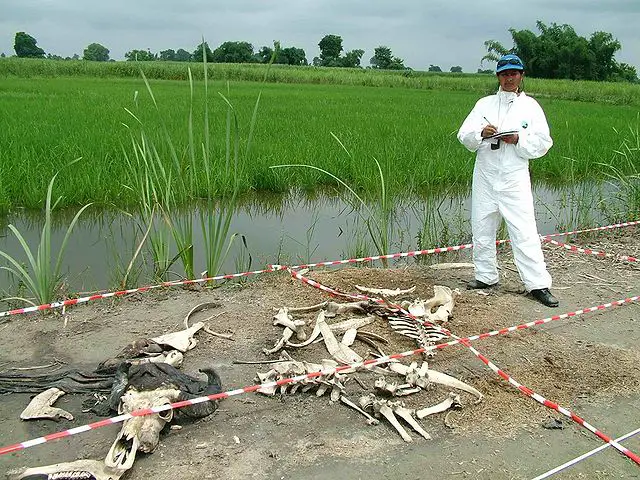Jonathan Dodd’s latest column. Guest opinion articles do not necessarily reflect the views of the publication. Ed
Back in 1977, a man called Bill Bass was summoned by the Police to a cemetery in Tennessee. Bill was a forensic anthropologist, and a body had been found inside the grave of an American Civil War hero, who died in 1864, 113 years before. The police couldn’t explain why there was an extra body in the same grave, and suspected more recent foul play. Bill examined the new body, which was headless, and showed some signs of decomposition, and was dressed in a suit. If you’re wondering where this is going, think like CSI or one of those TV shows. Bill examined the body, and agreed that it looked as if it had been put there between two and six months preciously.
On the strength of this, the Police started a murder investigation. After a while, they explored the grave further, and a head was found. The head matched the new body, but the skull had a bullet hole in it that could only have been made by a weapon dating from the Civil War. They called Bill back, and they also discovered that the casket was empty. It became apparent that there was only one body, it was Colonel William Shy, and some underground movement had caused most of his body to exit the lead casket minus its head. There were a lot of red faces.
Actually, it’s a ‘Human Taphonomy Facility’
The consequence of this was that Bill Bass started to campaign for some proper research into what happens to our bodies after we leave them. There had been no serious research before then. His campaign led to the foundation of the world’s first body farm, and he is still running that, as well as writing many best-selling books about his cases.
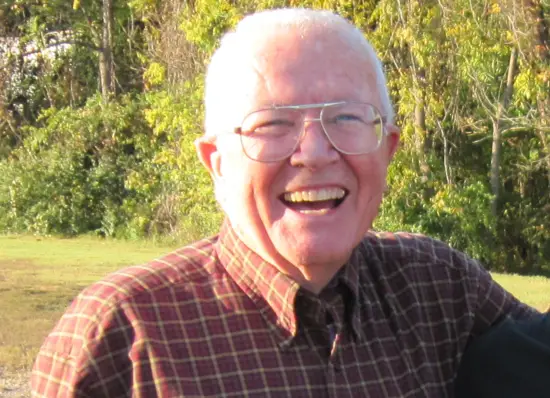
Last Monday I was lucky enough to attend the Café Scientifique in Shanklin, for a talk by Dr Anna Williams about the subject of Body Farms, a term that’s not exactly comfortable or accurate, but much better than ‘Human Taphonomy Facility’. Since 1981, when Bill Bass opened the first such facility, and now, there are several in the USA, and one in Australia, and a couple planned elsewhere. In England we have exactly none. Dr Anna is Principal Enterprise Fellow in Forensic Anthropology at Huddersfield University.
A pathologist knits his or her brow and spouts lots of jargon
The most astonishing thing for me about Dr Anna’s talk was that we don’t do any research on the multitudinous changes and processes that take place once a human body has ceased to function. All those clever TV programmes that we see where a pathologist knits his or her brow and spouts lots of jargon about the date and time and method of the crime is in fact cobbled together from other people’s research, and all we have to go on here is a few pig carcases that died naturally on farms and weren’t fit for human consumption.
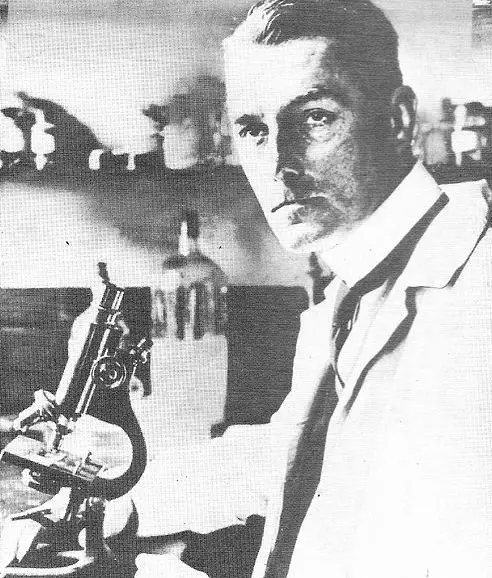
Dr Anna told us stories of going to Human Taphonomy conferences and being asked about her work, and feeling very embarrassed when she had to explain that all she has is a bit of pig data. I remember being astonished myself when she described the difficulties she has in getting anyone actually interested in setting up proper body farm facilities in this country. It’s never downright opposition, it’s the usual nodding of heads and agreement that it’s a very interesting idea, and that there needs to be more research into the research and the possibility of feasibility studies, etc. We really know how to do that in England.
Guesswork and incomplete information
So we’re not only falling behind in our knowledge in this field, but we’re actually doing ourselves a disservice. Anyone who dies under suspicious circumstances, or who vanishes and turns up as remains some time later, is not going to be investigated properly, simply because we have very little research. Buying research from other countries would not only be expensive, but it wouldn’t be relevant, because they have different climates and bacteria and lifestyles than we do. So what we offer those who have suffered that fate is guesswork and incomplete information.
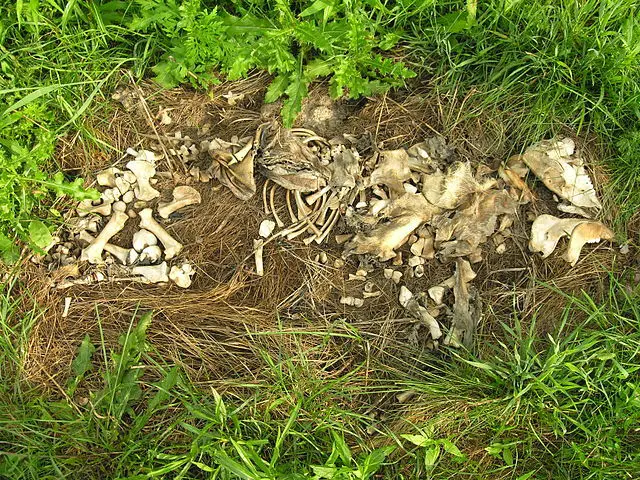
I had never even thought about any of this when I sat down to listen to Dr Anna’s talk, and my mouth fell open. All those TV programmes, but not a word about whether any of their knowledge was based on real scientific research. I had always assumed that we were doing this already. But we’re not. In truth, nobody knows what might happen to a body left out in a forest, in Summer or Winter, without being discovered. Nobody knows what chemicals or interior processes take place inside and outside the body, what bacteria get working and at what rates.
Without research, there can only be guesswork
Without research, there can only be guesswork. Nobody knows what effect rain or immersion, or a spell in the English Channel, might do, and therefore when or how the person might have died, based on statistics and research. There are no facilities for recreating a crime scene and comparing results. Apart from pigs. There is an assumption that pigs must be like humans, because they’re supposed to be the nearest thing. But pigs don’t eat what we eat. They don’t take medicines, or smoke, or drink. They don’t spend their lives working, or become vegetarians, or get diabetes, or any other result of a human lifestyle. They don’t have operations or human illnesses, and they don’t usually die in unknown ways.
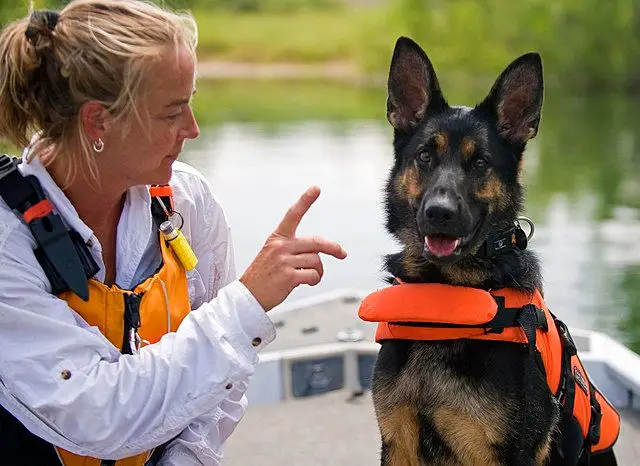
There are a lot of different things that can be investigated and quantified by having a body farm. It’s possible for dogs to be trained to find bodies, but there isn’t any way to isolate the specifics of any disaster so the dogs can home in specifically on bodies. They’ll find evidence of human activity, from a piece of clothing or food wrappers, but they need actual bodies to practise on, so they can do the job not just properly, but so much quicker. And time, as we all know, can be critical. Identification could be so much quicker and more accurate too, with proper research.
Most of these bodies are rejected
A body could be identified by the different chemicals that might leech out into the ground, or the floor, which could show practical information. Was this a smoker? Or a vegetarian? Were they taking any particular drugs? For instance, vegetarians have a different set of bacteria in their digestive systems than carnivore humans. So it’s likely that they would decompose slower, because the carnivores already contain the bacteria that can start eating them. But we don’t know, because nobody has done the research. If we had body farms, we could find out. Apparently, Autistic people also have a different set of bacteria, but there’s been no research on that either.
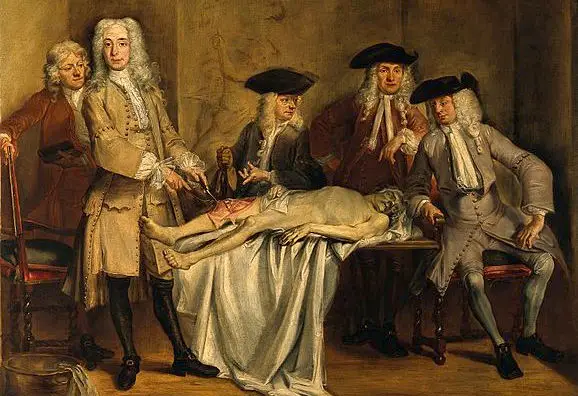
Nobody wants to think about this, apparently. But Dr Anna has many messages every week from people who want to offer their bodies for just such a facility. If we donate our bodies to science, only those with a particular set of standard boxes ticked will be accepted, and most of these bodies are rejected. I didn’t know that. Now that some countries are employing an ‘opt-in’ assumption for organ donation, in which you must specify if you don’t want to be a donor, it would be possible to do the same for body farm donation. And there’s no shortage of potential donors, as Dr Anna’s inbox will attest. The body farms in the USA are all over-subscribed.
To continue to be of use as long as possible
The problem seems to be in making the idea into a reality. Some people just object. Some people are happy to have one or more, as long as they’re a long way away. Some are uncomfortable, because it reminds them that they’re going to be dead one day themselves. We all are. That’s the one thing that’s certain in our lives. But most of the volunteers are older people, who inevitably think more about it than younger people, and many of them would like to be able to continue to be of use as long as possible, even after they’re gone. But it’s proving extraordinarily difficult to get the commitment to go ahead. Dr Anna is working tirelessly to make it happen.
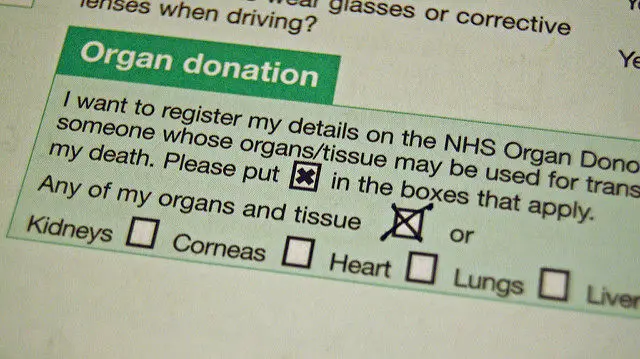
I think such a facility would pay for itself over and over again, because of the benefits of the research, the shortened time spent in investigating such cases, and the effects of all that new information percolating into the fund of scientific knowledge generally. In fact, as is often the case, I think it’s such a no-brainer idea to get on and set it up, that inevitably no politician will be able to resist stopping it. Why do all the obvious things have such a hard time getting approval, when there’s never any difficulty in nodding through terrible and harmful and useless policies, all the time? Discuss…
There are pictures of deer having a nibble
The only downsides, or precautionary activities, that Dr Anna was able to list were as follows. There has to be good security. You don’t want intruders or ramblers to stumble on bodies decomposing in some poorly-fenced woodland body farm. You don’t want people sadly obsessed with dead bodies to be able to get in and play zombie games. There might be a problem with scavengers. There are pictures of deer having a nibble in an American body farm. Who would have thought it? Too much security might prevent expected scavengers from adding their contribution to the decay process.
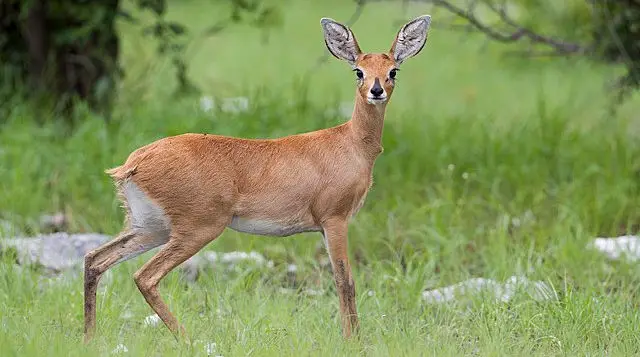
There are unexpected difficulties occasionally. One body farm in California was shut down because it was on the flight path for tourist balloon trips, and the tourists were rather spooked. Personally, I think there might be a market for this, as long as it’s advertised properly. There are now also difficulties with the ubiquitous drones, which are as yet unsolved. But all in all, I find the idea of body farms as irresistible as any area of scientific research, and I’m all in favour. I think that Dr Anna is a pioneer, and I want her to succeed.
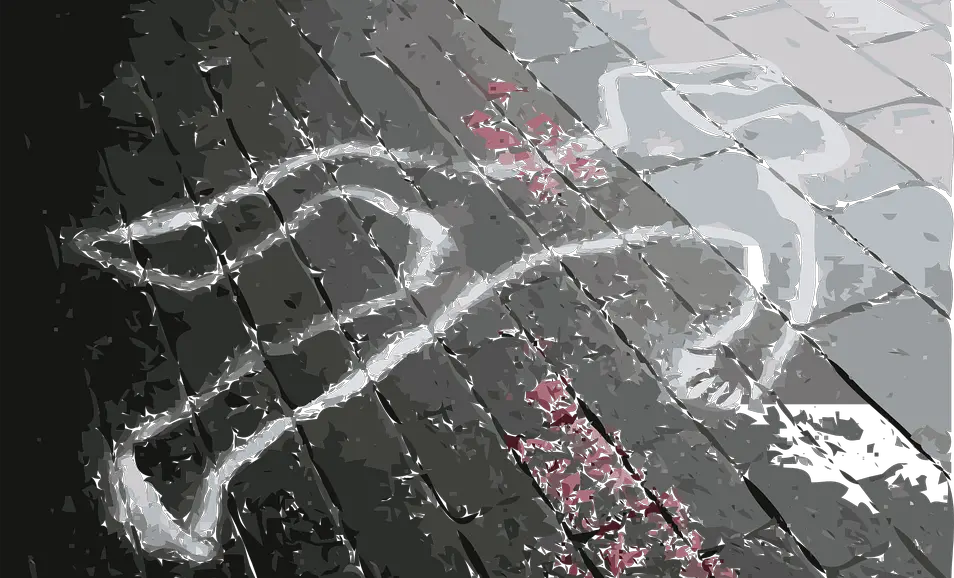
If my body washed up or was tripped over in some forest, I’d like to think that the professionals would have the resources and data to make a proper job of identifying me and catching the perpetrator, if there was one. Wouldn’t you?
If you have been, thank you for reading this.
Image: Anil1956 under CC BY 2.0
Image: TKincade under CC BY 2.0
Image: public domain under CC BY 2.0
Image: JenCom under CC BY 2.0
Image: Sgt. John Crosby under CC BY 2.0
Image: Wellcome Images under CC BY 2.0
Image: magnus_d under CC BY 2.0
Image: Yathin S Krishnappa under CC BY 2.0
Image: pixabay under CC BY 2.0

